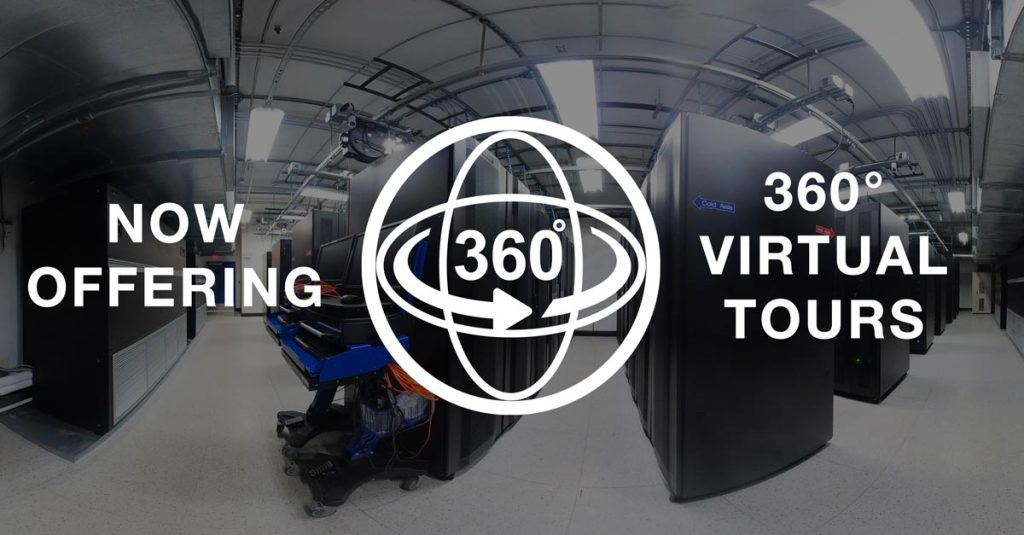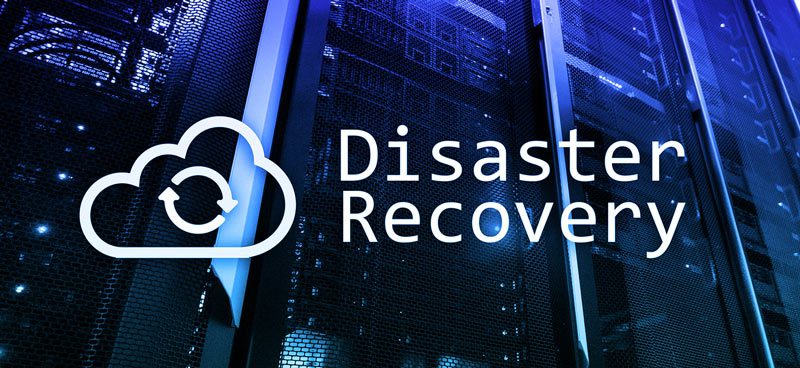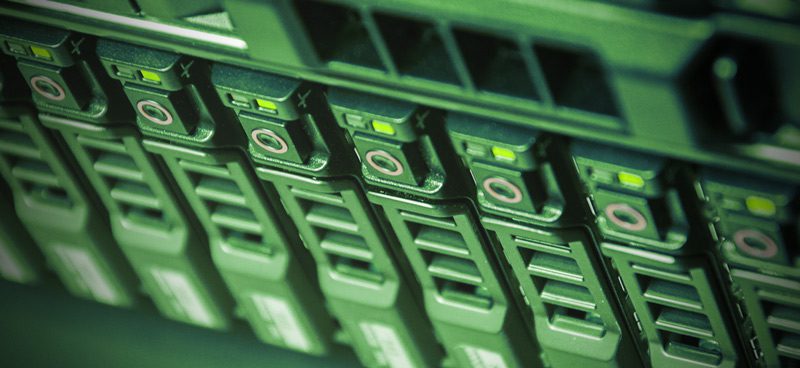Disaster Recovery: The Basics
How well would your company fare if your area was struck by a natural disaster tomorrow? Would your business survive? Would your business operations be able to be restored so that your company could get back to normal? In a world where cyber-attacks and natural disasters are on the rise, it is critical to plan for how to restore your business back to a working state immediately. We call this Disaster Recovery.
The goals of disaster recovery, in the modern age, are about generating procedures that will allow your business to recover, after a disaster, with as little downtime as possible. To achieve this, you must create a Business Continuity Plan that will enable you to outline procedures of how your business will function in the event of a disaster. This plan will cover everything from staff, to clients, to backups of your business’ data. To create this plan, you need to assess your business and determine the critical applications, operations or procedures that will be required to restore everything to working order, so that it can be included in your plan.
Recovery Time Objective: Your Entire Business
Recovery Time Objective, also known as RTO, is the time frame that you establish for your IT and business to recover from a major disaster. The purpose of this objective is to decide how fast your business must recover and that time frame will dictate the procedures, and budget, that you will need to ensure business continuity.
Recovery Point Objective: Your Business Data
Recovery Point Objective, also known as RPO, has a primary focus on determining how much data loss your business can tolerate, relative to your data from a backup perspective. Your business’ RPO is decided by the time between your business data backups and how much data could potentially be lost between backups.
To use this objective in your disaster recovery or business continuity plan, you will need to determine how long your business can run without that data before it suffers. This time frame becomes your RPO and should help you identify how often you should back your business data up for disaster recovery purposes.
RTO and RPO: The Differences
While RTO and RPO, often and should, go hand in hand, it is essential to know their differences and how their differences impact your business. For these two objectives, the main difference is found in their purpose.
RTO is going to refer to your company on a large scale. It will help you set a plan in motion to restore your entire company to a fully functioning state, post-disaster.
RPO is only going to refer to your business data, from a backup perspective to help you establish how often your data backups need to be done to improve your critical operations return to normal, as quickly as possible, post-disaster.
Both of these objectives will help you build a robust Business Continuity Plan. This Plan, will not only give your business the peace of mind of having protection in the event of a disaster but will also help you ensure a recovery plan to restore your IT and business operations as quickly as possible, in the unlikely event of an emergency.
Ready to Plan?
Want to learn more about Business Continuity Planning for your Business? Interested to see how RTO and RPO impact your business? Contact us today, and we will be glad to speak with you about your disaster recovery and business continuity planning needs.
Discover how Volico can help you with your BC/DR and Managed Backup needs.
• Call: 888 865 4261
• Chat with a member of our team to discuss which solution best fits your needs.





















